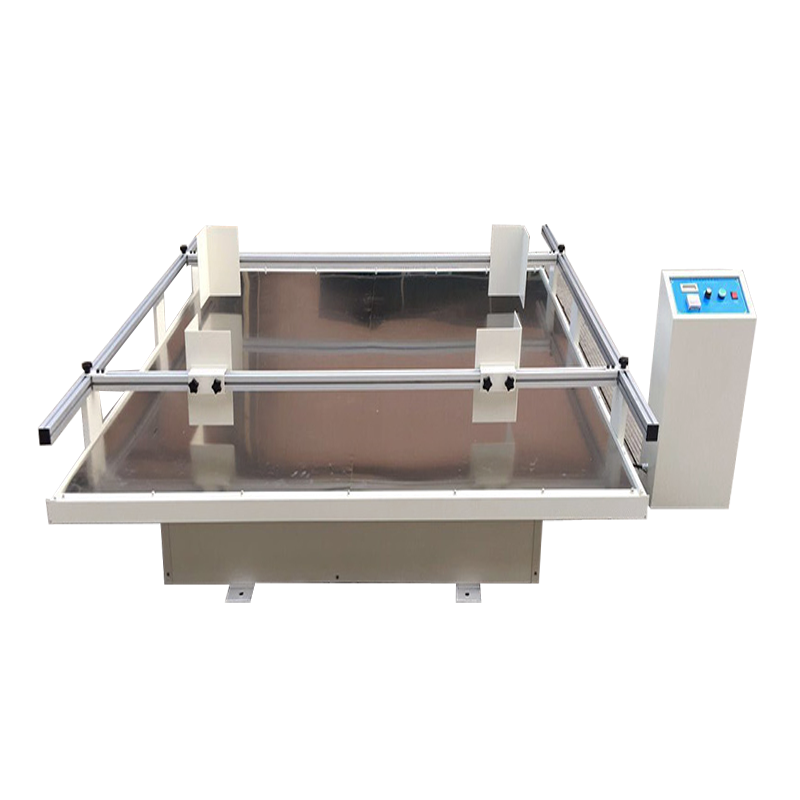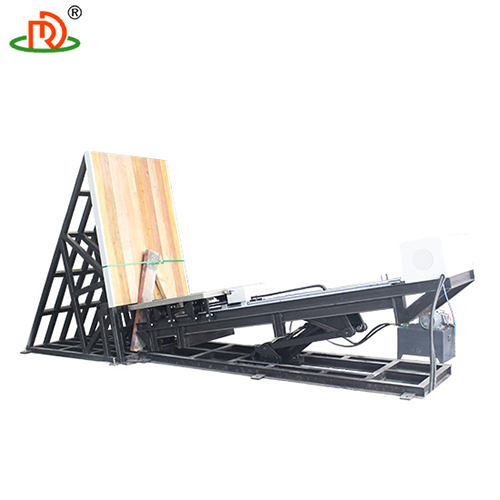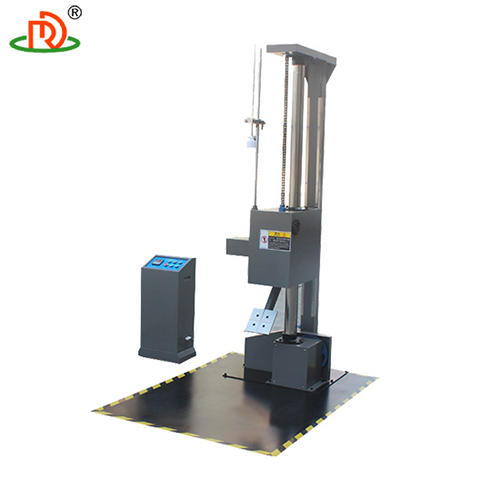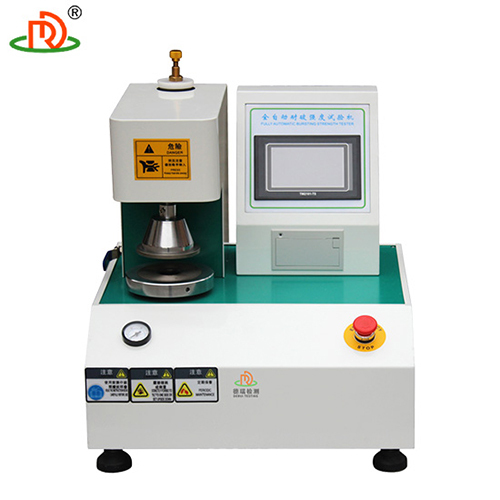
Rotary vibration testing machine
128005.0 INR/Unit
Product Details:
X
Rotary vibration testing machine Price And Quantity
- 128005.0 INR/Unit
- 1 Unit
Rotary vibration testing machine Trade Information
- Cash in Advance (CID)
- 100 Unit Per Month
- 3 Days
- All India
Product Description
Rotary vibration tester is a widely used equipment for reliability testing of various industrial products, especially in automotive, aerospace, electronics and other fields has an indispensable position. The equipment evaluates the vibration resistance and overall reliability of products by simulating the vibration environment they may encounter during transportation and use. Its core advantage lies in its ability to provide precise vibration control and a wide frequency range, thus ensuring the accuracy and repeatability of test results.
Product Features
1.
High-precision control: The rotary vibration tester adopts an advanced servo control system, which is capable of realizing high-precision vibration frequency and amplitude control to ensure the accuracy of test conditions.
2.
Wide frequency range: the equipment supports a wide range of vibration frequencies from low to high frequencies, which can simulate the vibration environment under various practical application scenarios.
3.
User-friendly interface: Equipped with an intuitive operator interface, users can easily set and adjust the test parameters, simplifying the operation process.
4.
Multiple safety protection: Built-in multiple safety protection mechanisms, including overload protection and emergency shutdown function, to ensure the safety of the testing process.
5.
Modular design: The equipment adopts modular design, which is easy for maintenance and upgrading, and can be customized and configured according to user requirements.
Frequently Asked Questions
1. What are the main applications of rotary vibration tester?
Rotary vibration testers are widely used in automotive, aerospace, electrical and electronic, military and other fields. In these fields, products experience a variety of vibration environments during transportation and use, and the testers simulate these environments to assess the reliability and durability of the products. For example, in the automotive industry, the tester is used to test the vibration resistance of automotive parts to ensure their stability in actual driving.
2. How to choose the right vibration tester?
Selecting the right vibration tester requires consideration of a number of factors, including the range of test frequencies, load capacity, control accuracy, and the environment in which the equipment will be used. First, define the testing needs and standards; second, assess whether the performance parameters of the equipment meet the testing requirements; and finally, consider the reliability and after-sales service of the equipment. It is recommended to make detailed consultation and comparison before purchase, and choose reputable brands and suppliers.
3. What are the precautions for the maintenance of rotary vibration tester?
In order to ensure the long-term stable operation of the rotary vibration tester, regular maintenance is essential. The main precautions include: regular inspection of the mechanical components and electrical systems of the equipment to ensure that they are in good condition; keep the equipment clean to avoid dust and debris entry; regular calibration of the equipment to ensure its control accuracy; and operate in strict accordance with the operating manual to avoid improper use leading to equipment damage.
4. How are vibration tester test results analyzed?
Test results from vibration testers are usually presented in the form of graphs and data, and analyzing these results requires specialized knowledge and experience. The main analysis methods include: comparing the vibration response under different test conditions to assess the vibration resistance of the product; analyzing the impact of vibration frequency and amplitude on the product to determine the product's weak points; and evaluating the reliability of the product in the context of practical application scenarios. Through professional analysis software and tools, the test results can be more accurately interpreted to provide a basis for product improvement.
5. How is a rotary vibration tester calibrated?
Calibration of a rotary vibration tester is a critical step in ensuring the accuracy of its control and test results. The calibration process usually consists of the following: firstly, calibrate the machine using a standard vibration source; secondly, adjust the control parameters of the machine to meet the standard requirements; and finally, carry out a number of tests to verify the stability of the calibration results. It is recommended that calibration be carried out by a professional technician and rechecked on a regular basis to ensure the long-term reliability of the equipment.
| Item | DR-B216 |
| Max. Test Load | 100kg |
| Frequency Range | 60-300rpm |
| Amplitude Range | 25.4mm (1 inch) |
| Simulation Speed | 25~40km/h |
| Vibration Mode | Roundtrip |
| Work Table Size | 1000*1200 mm ( L*W, can be customized ) |
| Outside dimension ( L*W*H ) | 1255*1070*660mm |
| Speed Mode | DC converter or AC Frequency Control |
| Power Capacity | 1 HP |
| Weight | 150kg |
| Power | 220V, 50 Hz |
| Speed Mode | DC converter or AC Frequency Control |
| Environmental Conditions | Temperature: 5~40C; Related Humidity <85% |
Tell us about your requirement

Price:
Quantity
Select Unit
- 50
- 100
- 200
- 250
- 500
- 1000+
Additional detail
Mobile number
Email








 English
English Spanish
Spanish French
French German
German Italian
Italian Chinese (Simplified)
Chinese (Simplified) Japanese
Japanese Korean
Korean Arabic
Arabic Portuguese
Portuguese